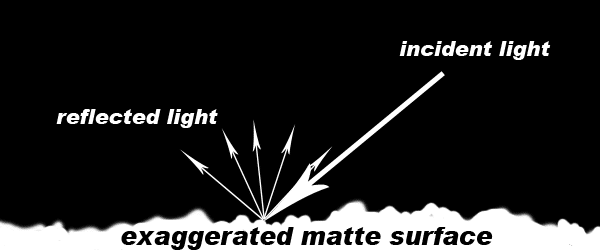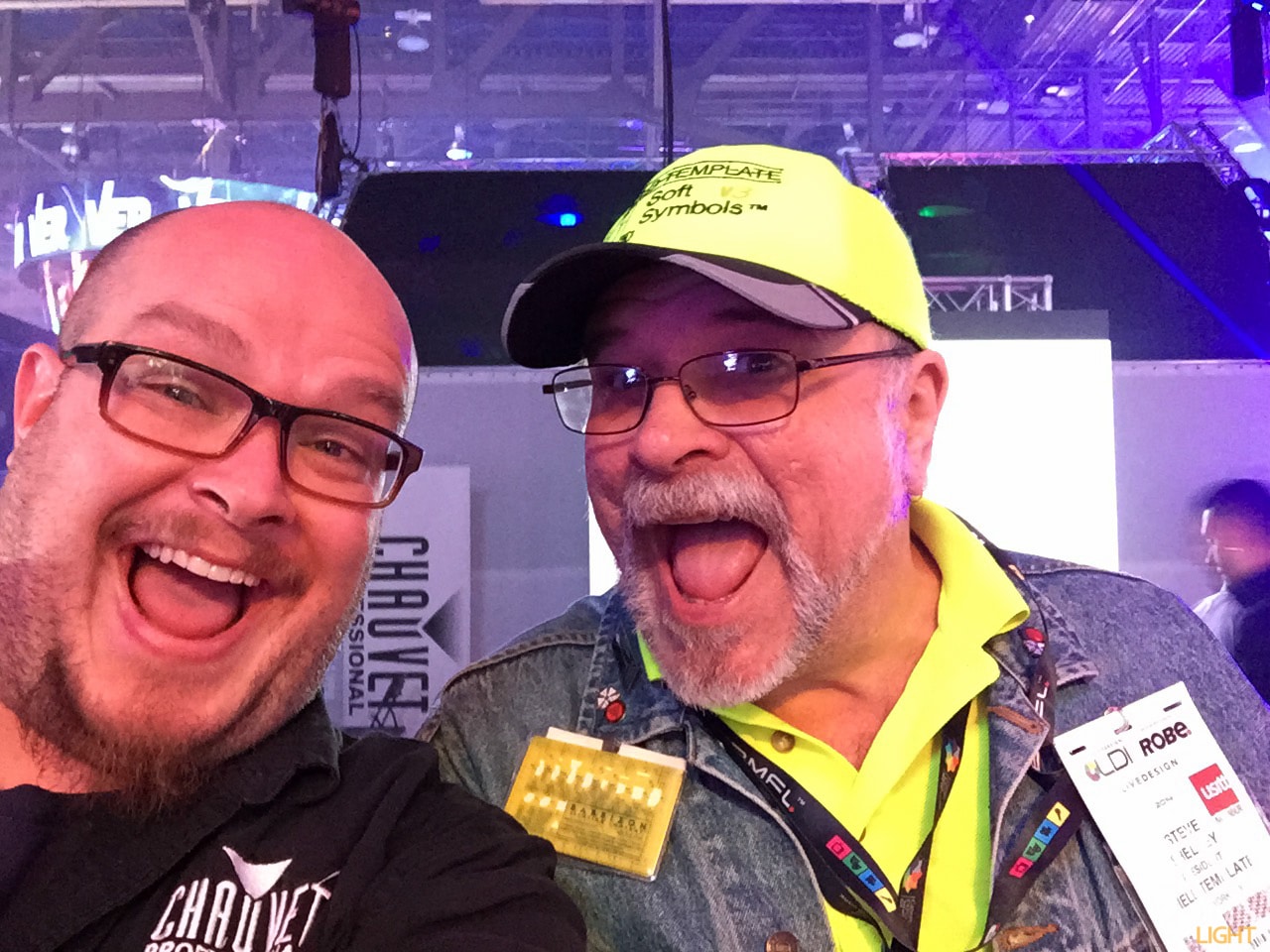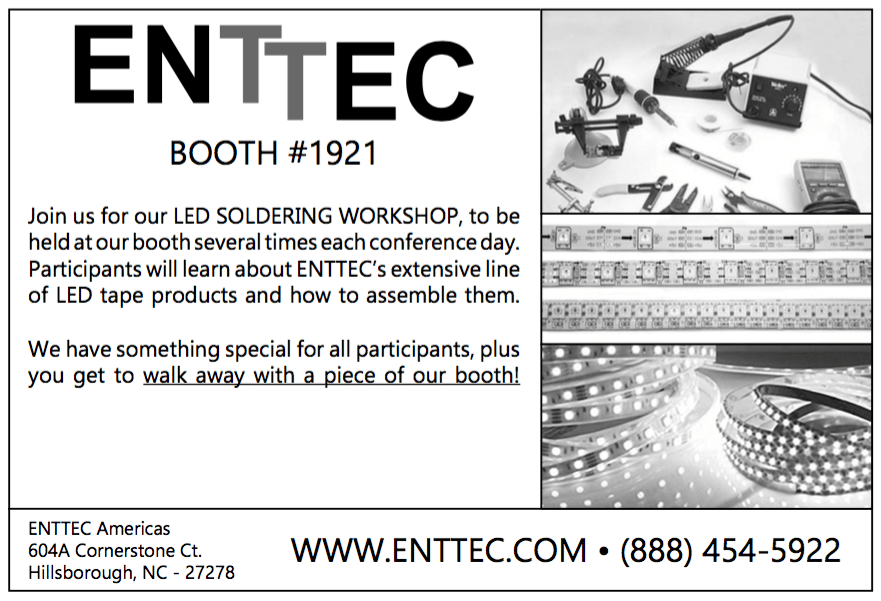Okay, this is one of the neatest tricks – frosted glass + Scotch tape = clear glass. You have to see this:
Is this magic? Is this some kind of interstellar phenomenon? It is certainly cool and mysterious, but it makes sense if you think about the way that light, reflection, and refraction work together. This is a very simple analogy, but imagine a stretch of blacktop on a highway – when the sun is shining on it on a dry day, the blacktop is rough and not reflective at all. The matte surface of the blacktop, if anything, has a diffuse surface that takes a beam of light and turns it into many beams of light, all separate and at less strength than the original – just like velour or a busted piece of porcelain. I made a few images to express this phenomenon – the first shows a beam of light (incident light) hitting the surface of a matte object:

In the case of a frosted piece of glass, some light makes it through the glass (is refracted), but nothing in its original beam form – it is very diffused and spread, like so:

The Scotch tape trick is pretty cool, as it basically fills in the rough surface of the matte glass with the adhesive and whatever other goodies are in the glue on a piece of Scotch tape, allowing the light to pass through the frosted glass without a lot of extra refraction and diffusion. The tape acts as a filler, in other words, giving less spread to the frosted glass, as below:

Now obviously in the image above I have not accounted for real refraction, the normal angle of the glass, or any of the factors that would basically make the smarty pantses of the world say “a beam of light would never just pass through the two materials without SOME kind of refraction and diffusion!” Well, you’re right. My illustration was more to show that the diffusion would be less. But does the overall point make sense?




